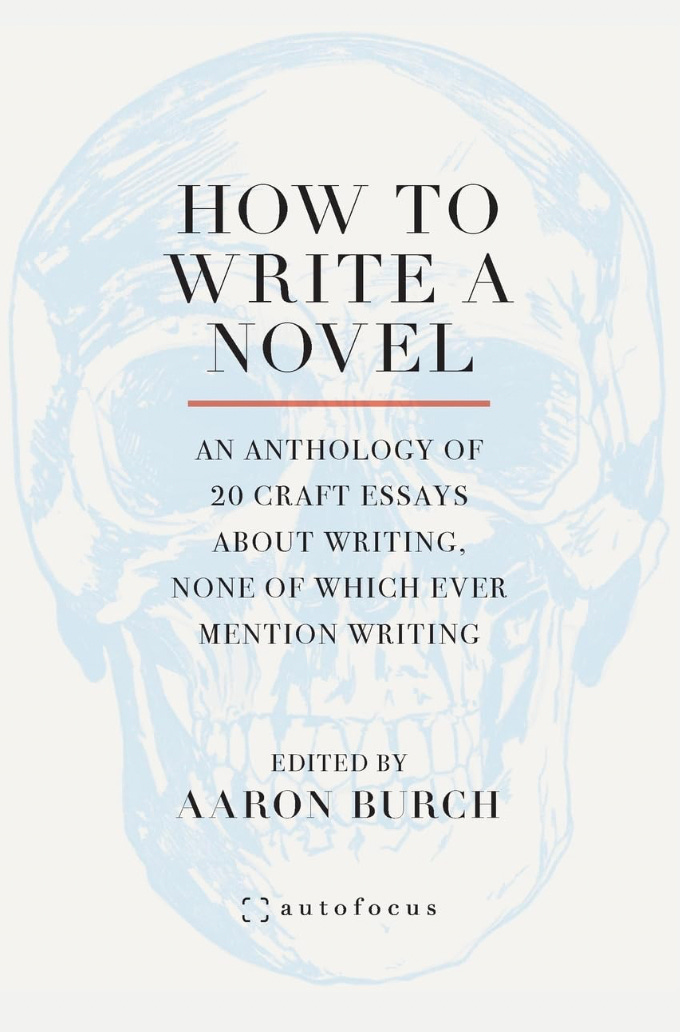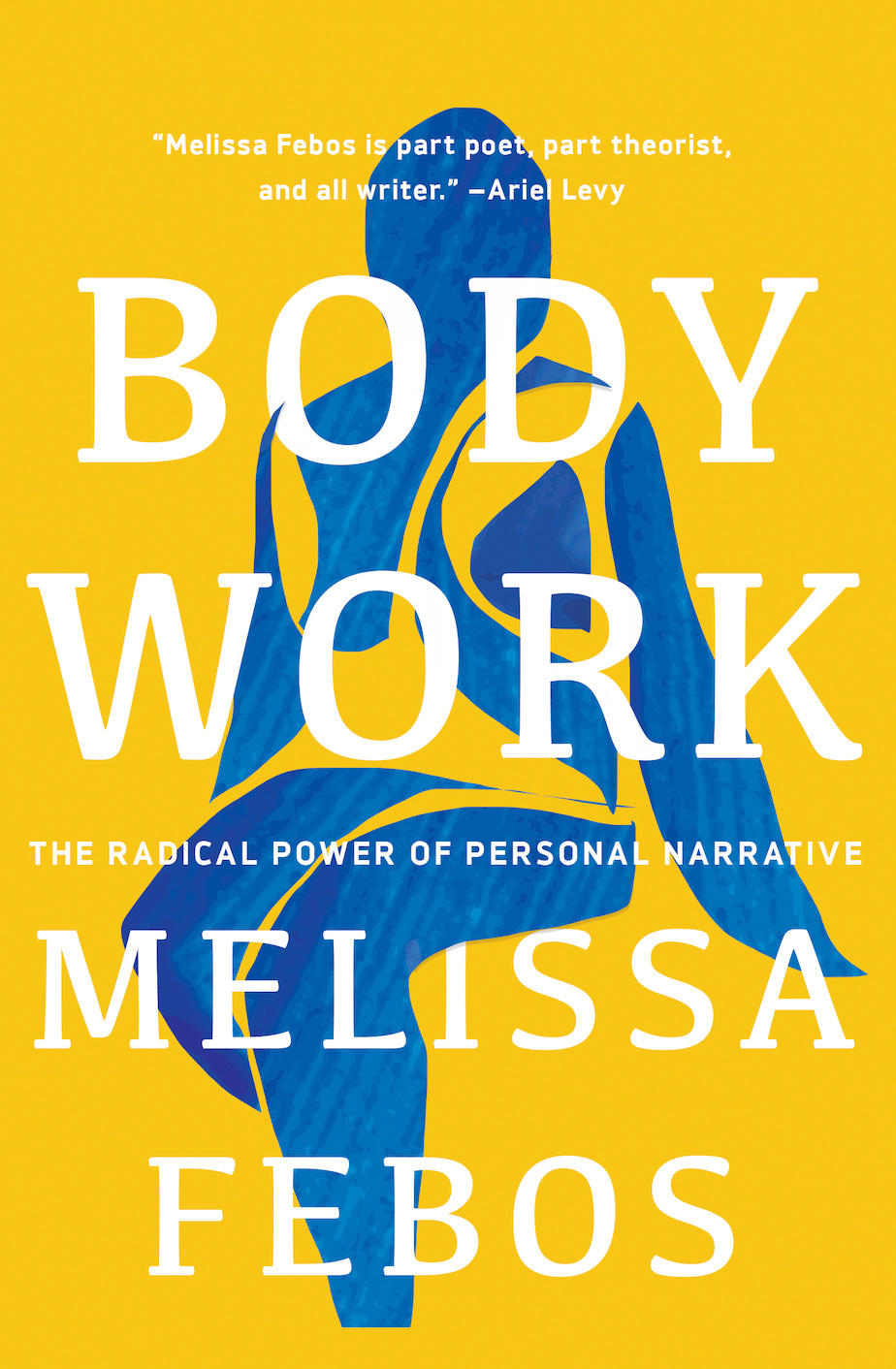Author and critic Ilana Masad has written for the New Yorker, the New York Times, the Washington Post, and elsewhere. Her novel All My Mother’s Lovers was praised by Garth Greenwell as an “ambitious, deft, compassionate debut.” Here she considers two books about the craft of writing with nearly identical, but opposite, titles—and thinks about how and why writers receive the books they do.
A few weeks ago, I was gifted two books by two friends that happened to have pleasingly similar titles. One friend sent me How NOT to Write a Novel: 200 Classic Mistakes and How to Avoid Them—A Misstep-by-Misstep Guide by Howard Mittelmark and Sandra Newman. She thought I’d enjoy it because it’s funny. She and her husband (both writers and artists in their own right) are big into wordplay, and had just given me two other books that they thoroughly enjoy: Anguished English: An Anthology of Accidental Assaults Upon the English Language by Richard Lederer (which is a book full of mistakes made in signs, student essays, legal documents, and the like which change the intended meaning to hilarious effect) and The Education of Hyman Kaplan by Leonard Q. Ross, né Leo Rostin (which is about a Yiddish-speaking immigrant to the United States and his misadventures in learning, understanding, and speaking the English language). In other words, How NOT to Write a Novel was the third in a series of gifts of joke books related specifically to the delightful ways that the English language can be mangled.
Several days after I received How NOT to Write a Novel, another friend gifted me a copy of How to Write a Novel: An Anthology of 20 Craft Essays About Writing, None of Which Ever Mention Writing edited by Aaron Burch. She had an essay in it, which she knew I wanted to read, but she also thought I’d find the very concept of the collection interesting, knowing, as she does, that I love high-concept projects like this.
Like many writers (I suspect) I have a complicated relationship with craft books and writing guides. Perhaps more to the point, I have a complicated relationship with being told what to do, especially when it comes to an art form that I’m deeply invested in as both a practitioner and a critic. As far as I can tell, I learned how to write novels by reading them and then writing them (quite a few bad ones and then a few good ones), not by reading about how to write them.
Yet I’ve read a fair share of such books and their affiliates:
—Bird by Bird by Anne Lamott was probably the first craft-ish book I read, and to be honest I remember very little of it. Most memorable is the chapter titled “Shitty First Drafts” which I’ve read several times because I’ve assigned it to students.
—Melissa Febos’s recent Body Work was wonderful in part because it was more a glimpse into another person’s craft than a guide to my own.
—Craft in the Real World by Matthew Salesses and The Anti-Racist Writing Workshop by Felicia Rose Chavez have been incredibly helpful in thinking through and realigning my approach to teaching creative writing.
—In one of my PhD classes I read sections of Bending Genre edited by Margot Singer and Nicole Walker, and as the title suggests, the craft essays themselves bent their own genre, some more lyrical than expected, others more experimental in their form.
—I made myself read as much of The Artist’s Way by Julia Cameron as I could before giving up in frustration (I was not a businessman trying to write, which seemed to be who the book was geared toward).
—And, well, I did force myself to read Save the Cat by Blake Snyder, a screenwriting book, because a successful author I knew recommended it.
Listing them all together this way, it looks like I’ve read many craft books, but consider that I read them over the span of a decade, averaging less than one per year. And there are far, far, far more craft books out there. This Goodreads “shelf” (i.e. list) includes over 600 of them. Even accounting for multiple formats or translations that might have made it onto the list, that is a staggering amount.
Like many writers (I suspect) I have a complicated relationship with craft books and writing guides. Perhaps more to the point, I have a complicated relationship with being told what to do.
So why was I drawn to How NOT to Write a Novel and How to Write a Novel specifically? Why did I choose to actually read these two when there are so many more to choose from?
In part, I was compelled by the coincidence of receiving them in the same week and their titles being so neatly opposed. Another reason, I suspect, is that they were gifts. True gifts, given for my pleasure and enjoyment. They weren’t a school assignment like sections of Bending Genre were. They weren’t books I felt I had to read because everyone (apparently) has read them, like The Artist’s Way.
More importantly, perhaps, they had nothing to do with work. As a book critic, I get many, many, many emails from publicists about the various books that are coming out. Don’t get me wrong, I appreciate both the emails and the publicists, and how by now many publicists know my taste well enough to spotlight the upcoming books that I am most likely to be drawn to and thus want to write about. But these craft books—unlike, for instance, Body Work and Craft in the Real World, both of which came to me from publicists—weren’t work-related at all. They were just given to me, no strings attached, no expectations included, by two different friends who both appreciate my love of language and writing.







I never know whether these 'how-to' books are useful or not when it comes to writing. I find a number of them not helpful in any practical way. The Writer's Way was the last straw for me and writing books. I couldn't bear the sanctimony or the expectation that I could kind of 'channel' my writing from some esoteric space. I enjoyed this piece. Thank you.
I see The Artist's Way as a roadmap to discovering your art. I really love the concept of the Artist date with yourself, seeing sights and getting your inspiration flowing. I didn't take the program literally, although I do some form of morning pages, just not as rigid as taught in the book. It's a take-what-you-need-and-leave-the-rest kinda book IMO